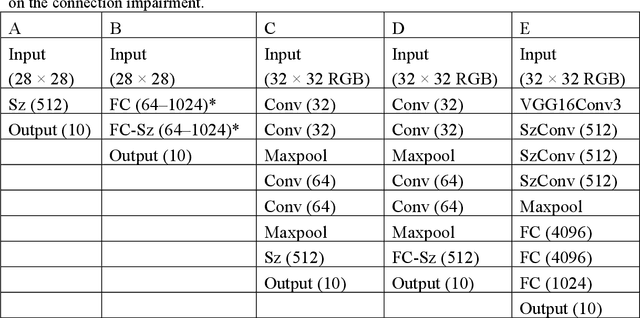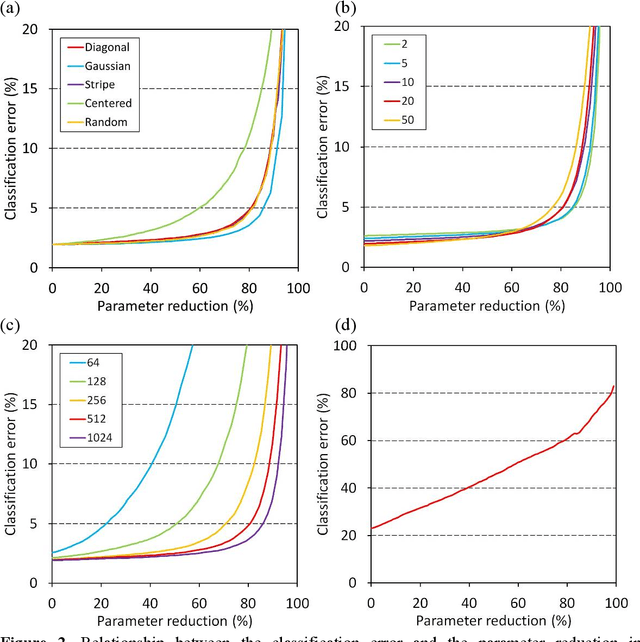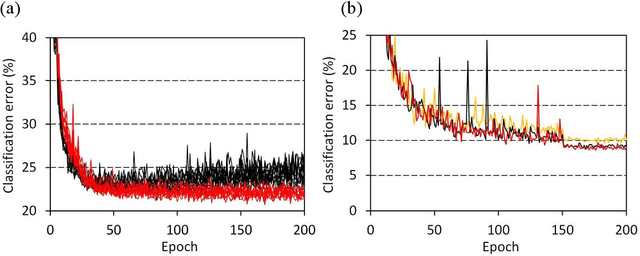Schizophrenia-mimicking layers outperform conventional neural network layers
Paper and Code
Sep 23, 2020



We have reported nanometer-scale three-dimensional studies of brain networks of schizophrenia cases and found that their neurites are thin and tortuous compared to healthy controls. This suggests that connections between distal neurons are impaired in microcircuits of the schizophrenia cases. In this study, we applied this biological findings to designing schizophrenia-mimicking artificial neural network to simulate the connection impairment in the disorder. Neural networks having the schizophrenia connection layer in place of fully connected layer were subjected to image classification tasks using MNIST and CIFAR-10 datasets. The obtained results revealed that the schizophrenia connection layer is tolerant to overfitting and outperforms fully connected layer. Schizophrenia-mimicking convolution layer was also tested with the VGG configuration, showing that 60% of kernel weights of the last convolution layer can be eliminated while keeping competitive performance. Schizophrenia-mimicking layers can be used instead of fully-connected or convolution layers without any change in the network configuration and training procedures, hence the outperformance of the schizophrenia-mimicking layer is easily incorporated in neural networks. The results of this study indicate that the connection impairment in schizophrenia is not a burden to the brain, but has some functional roles to attain a better brain performance. We suggest that the seemingly neuropathological alterations observed in schizophrenia have been rationally implemented in our brain during the process of biological evolution.
 Add to Chrome
Add to Chrome Add to Firefox
Add to Firefox Add to Edge
Add to Edge